LOW - E GLASS: EASY TO SAVE ENERGY
Korn Architects
Low-E glass is a double layer of air in the middle, coated on the surface with a special compound that makes the glass feature slow heat dissipation, reducing the dispersion and slow heat absorption.
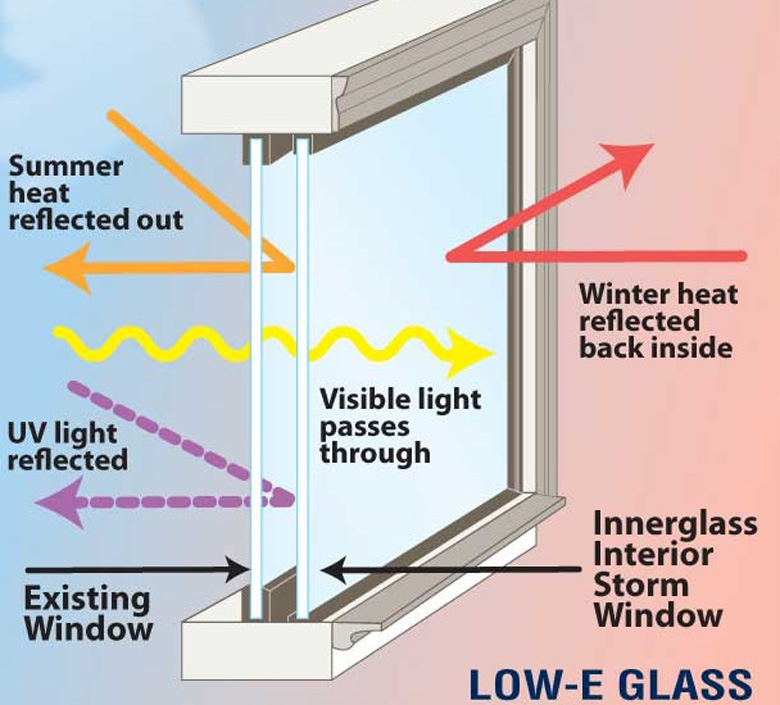
Low-E glass (source: Internet)
Thermal Insulation: Reduces heat through glass (W / m2.K). The heat penetration rate is the amount of heat that transfers through the glass from the high temperature to the low-temperature region. The smaller the scale, the higher insulation.
Low-E glass types: Hard Low-E glass, hard Low-E glass with thermal control, soft Low-E glass, soft Low-E glass with thermal control.

Low-E glass (source: Internet)
Low-E hard coating: the hard coating is a method of coating a special selective compound, with good thermal control, with heat-treatment technology. The process of tempering to the point of melting glass or in the production process is coated on the liquid surface of the heat-control compound, the finished Low-E coated glass is a solid layer.
Features and benefits of hard Low-E glass: The level of light reflectivity is moderate, reaching the optimum level of illumination, suitable for all uses and architectural design, moderate price suitable for all choices. , durable permanent surface, can be easily bent, color, variety and abundance, using single glass for frosted glass in the construction.
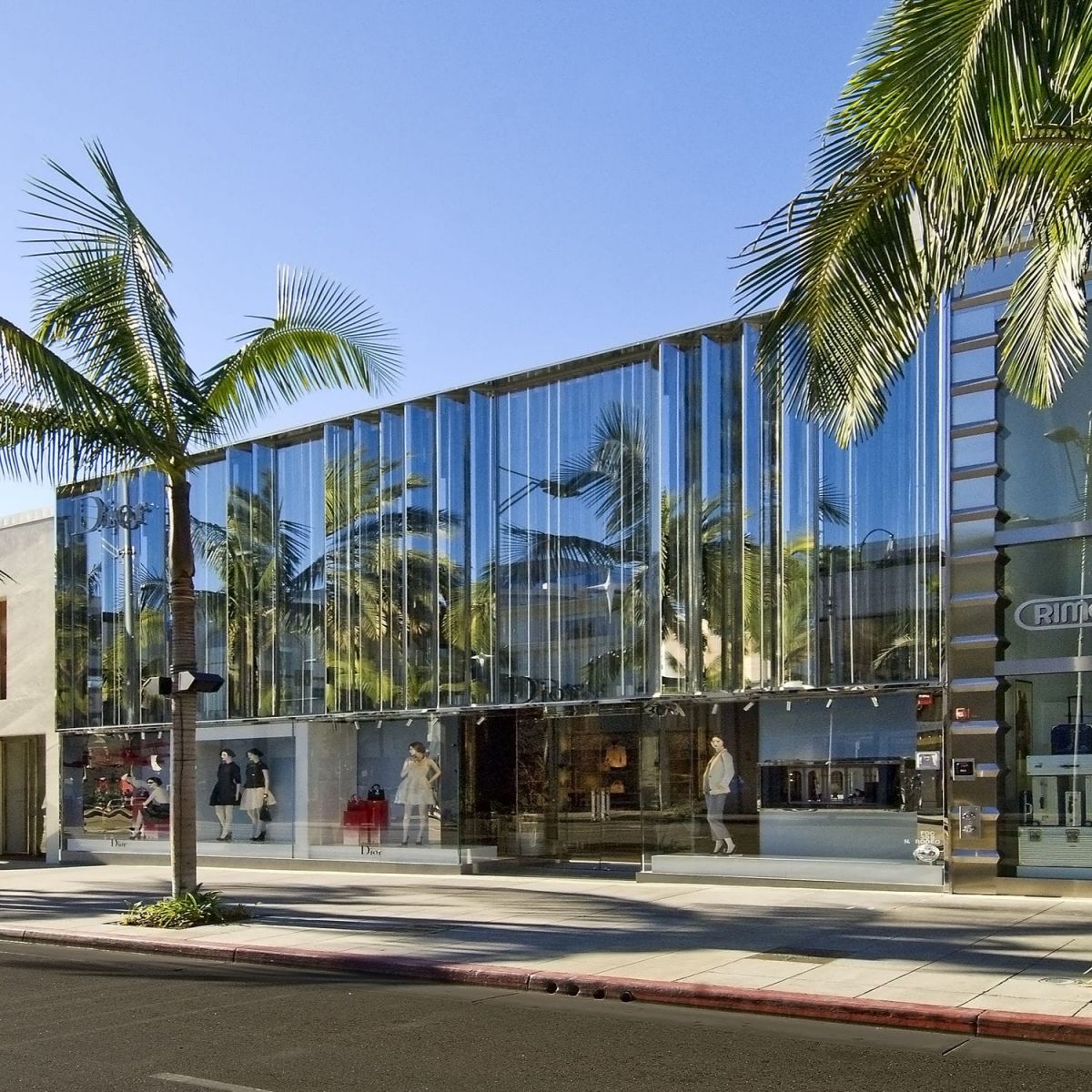
Low-E glass (source: Internet)
Low-E soft glass: the soft coating is a special selective coating that has good thermal control, electrolyte technology in a vacuum (softcover). As a process of glass coating on the glass surface of the heat-control compound, glass-coated soft-coated is two or more layers.
Features and Benefits of Low-E glass: High light reflectance, suitable for all architectural uses and designs, moderately priced for all types of applications, soft surface for scratching, Strange, can't work me bending; color, variety, and richness (usually dark), using single glass for translucent glass in the face with the coating turned in, good performance.
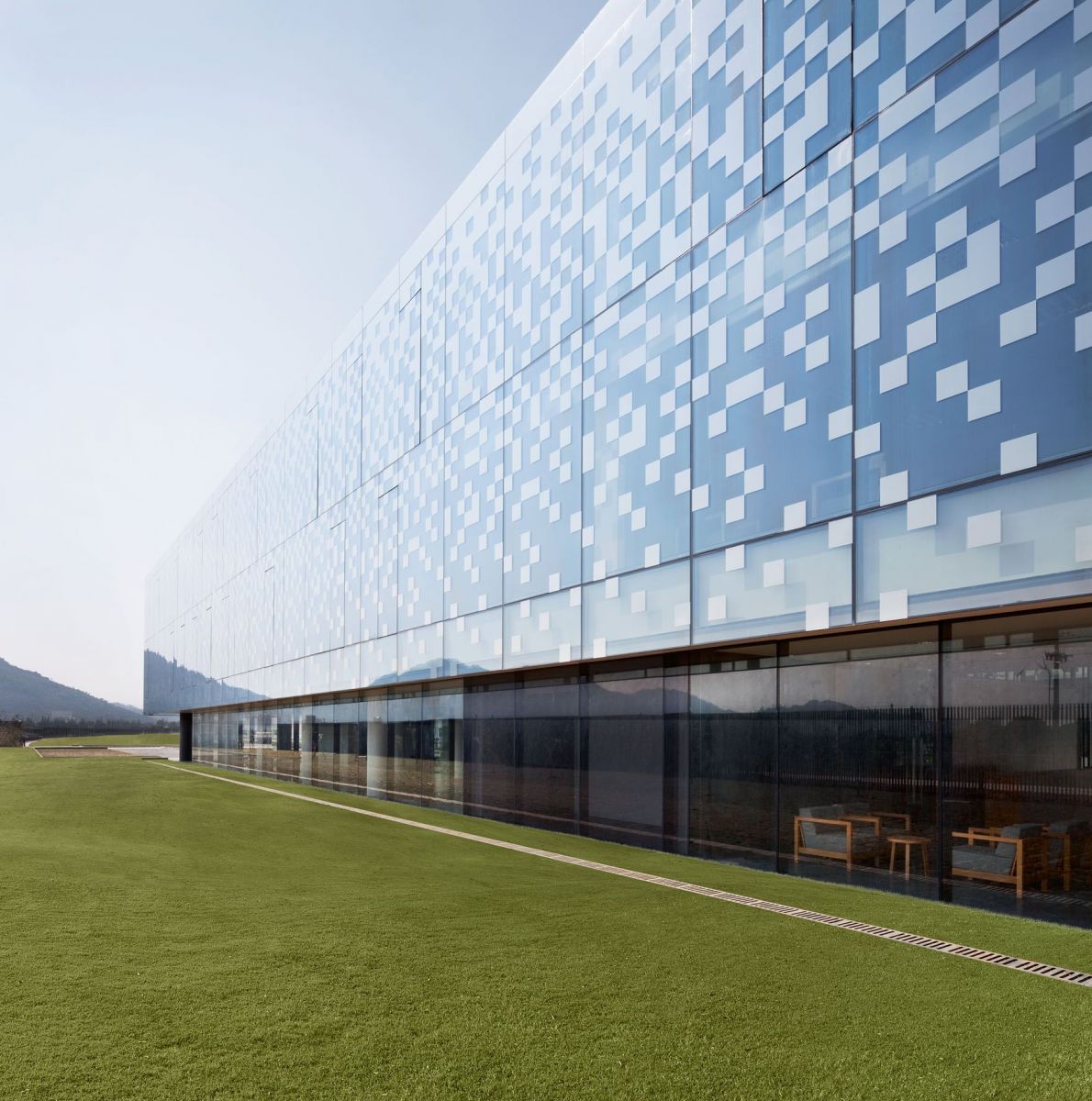
Low-E glass (source: Internet)
Others:
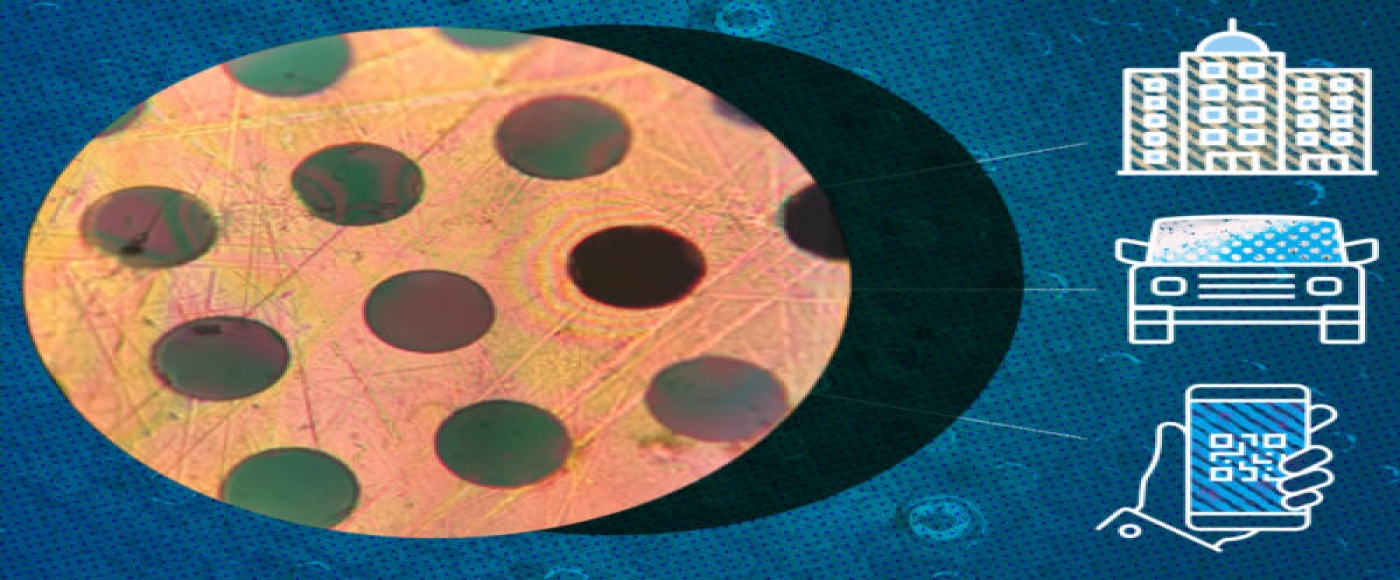
AN ‘IMPOSSIBLE’ 2D MATERIAL STRONGER THAN STEEL
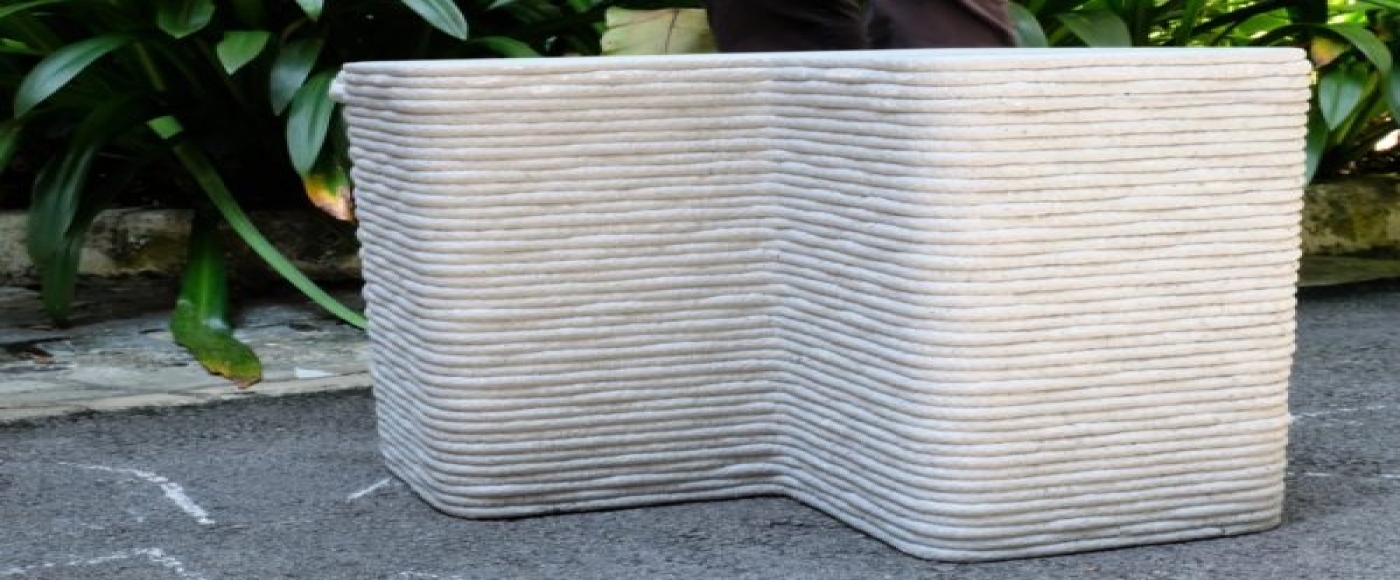
REPLACING SAND WITH GLASS WASTE IN CONCRETE 3D PRINTING
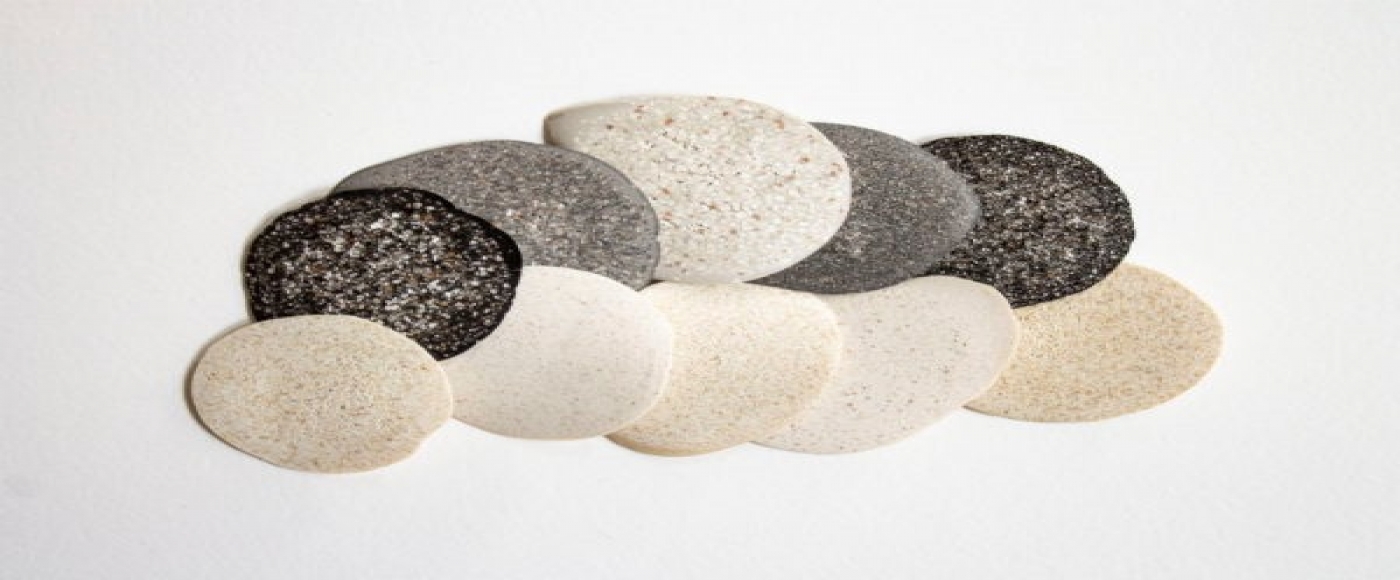
CERAMICS MADE OF EGGSHELLS
Vietnam’s Hospitality Real Estate – Time to rebuild

HoSkar Night - Networking Redefined



